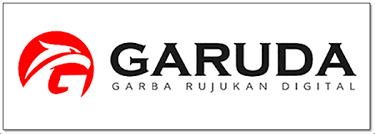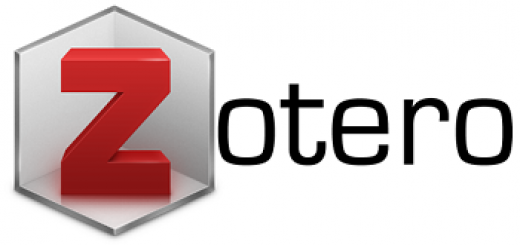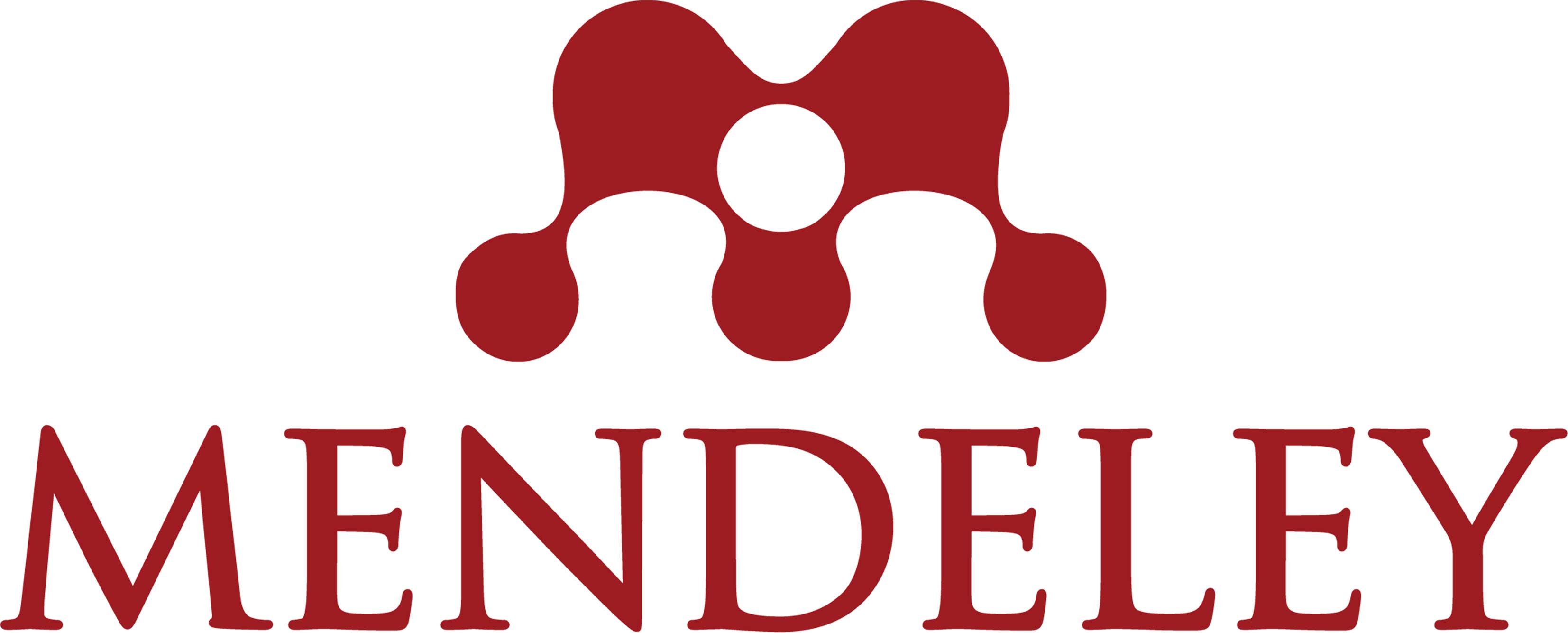Perancangan Laman Beart.id sebagai E-commerce Produk Digital
DOI:
https://doi.org/10.17977/um064v2i62022p838-856Keywords:
situs web, perdagangan elektronik, produk digital, Beart.idAbstract
Abstract: Beart.id is an online media for the creative industry ecosystem in Indonesia. Established in 2019, Beart stands for beautiful art. With their main issues covering 17 sub-sectors of the creative economy. This year, art is developing digital products in the form of fonts and graphic design templates. From this, Beart needs a place to sell and promote his digital products. After considering the results of the e-commerce feature survey with a percentage of 92.6 percent of respondents saying that having their own e-commerce website system can help the online buying and selling process of the brand's products. From this problem, the design of the beart.id website was born as an e-commerce digital product. The author uses the Design Thinking design method popularized by David Kelley and Tim Brown, the founder of IDEO. There are 5 panels in this method, including: Empathize, Define, Ideate, Prototype, and Test. The purpose of the E-Commerce website beart.id is to accommodate digital products from Beart and to meet the business needs of B2B (Business to Business) and B2C (Business to Consumer) digital products. The e-commerce website is called a beart shop. For the final conclusion, a test was carried out through a questionnaire using a Likert scale resulting in a score of 89 percent, which means that according to the interval scale, I strongly agree. This percentage means that Beart's e-commerce website is running well, is attractive to consumers and user friendly.
Keywords: website; e-commerce; digital product; Beart.id
Abstrak: Beart.id merupakan sebuah media daring untuk ekosistem industri kreatif di Indonesia. Berdiri sejak tahun 2019, Beart memiliki singkatan beautiful art. Dengan isu utama mereka meliputi 17 subsektor ekonomi kreatif. Ditahun ini beart sedang mengembangkan produk digital berupa font, dan template desain grafis. Dari hal tersebut beart memerlukan wadah untuk menjual serta mempromosikan produk digitalnya. Setelah menimbang hasil survei fitur e-commerce dengan persentase 92,6 persen responden mengatakan bahwa memiliki sistem laman jual-beli/ecommerce sendiri dapat membantu proses jual-beli online dari produk brand tersebut. Dari masalah tersebut lahirlah perancangan laman beart.id sebagai e-commerce produk digital. Adapun penulis menggunakan metode perancangan Design Thinking yang dipopulerkan oleh David Kelley dan Tim Brown pendiri IDEO. Ada 5 panel dalam metode tersebut, yaitu diantaranya: Empathize, Define, Ideate, Prototype, dan Test. Tujuan E-Commerce laman beart.id adalah menampung produk digital dari Beart serta memenuhi kebutuhan bisnis B2B (Business to Business) dan B2C (Business to Consumer) terhadap produk digital. Adapun laman e-commerce ini bernama beart shop. Untuk kesimpulan akhir dilakukan test lewat kuesioner menggunakan skala likert menghasilkan skor 89 persen yang artinya menurut skala interval sangat setuju. Persentase tersebut memberikan arti bahwa laman e-commerce Beart sudah dapat berjalan dengan baik, menarik bagi consumer dan user friendly.
Kata kunci: laman; perdagangan elektronik; produk digital; Beart.id
References
Ali, S. D. (2017). Design thinking. Binus University. Retrieved from https://sis.binus.ac.id/2017/12/18/design-thinking-2/
Ayunindya, F. (2021, December 22). Apa itu plugin? Pengertian dan fungsi plugin di WordPress. Hostinger. Retrieved from www.hostinger.co.id/tutorial/apa-itu-plugin
Doorley, S., Holcomb, S., Klebahn, P., Segovia, K., & Utley, J. (2018). Design thinking bootleg (E-book, Hasso Plattner Institute of Design, Stanford University). Retrieved from https://dschool.stanford.edu/resources/design-thinking-bootleg
Foreman, C. (Ed.). (2021). Social trends 2021: Hootsuite’s fifth annual report on the latest global trends in social media. Hootsuite. Retrieved from https://www.tom.travel/wp-content/uploads/2020/11/SocialTrends2021_Report_en.pdf
Hertanto, E. (2017). Perbedaan skala Likert lima skala dengan modifikasi skala Likert empat skala. Metodologi Penelitian, September 2017, 1–4. Retrieved from https://www.academia.edu/34548201/PERBEDAAN_SKALA_LIKERT_LIMA_SKALA_DENGAN_MODIFIKASI_SKALA_LIKERT_EMPAT_SKALA
Kemp, S. (2021, February 11). Digital 2021: Indonesia. Data Reportal. Retrieved from https://datareportal.com/reports/digital-2021-indonesia
Kristianto, D. (2002). Definisi layout. Retrieved from http://faculty.petra.ac.id/dwikris/docs/desgrafisweb/layout_design/layout_baik.html
Mastra, K. N. L., & Dharmawan, R. F. (2018). Tinjauan User Interface Design pada website e-commerce Laku6. Narada, 5(1), 93–108. Retrieved from https://publikasi.mercubuana.ac.id/index.php/narada/article/view/4067
Maulana, S. M, Susilo, H., & Riyadi. (2015). Implementasi e-commerce sebagai media penjualan online (Studi kasus pada Toko Pastbrik kota Malang). Jurnal Administrasi Bisnis Universitas Brawijaya, 29(1), 2–3. Retrieved from http://administrasibisnis.studentjournal.ub.ac.id/index.php/jab/article/view/1165
Nugroho, A., & Irawan, H. (2021). Implementasi e-commerce menggunakan content management system (CMS) untuk memperluas pemasaran pada Indah Jaya Sport. IDEALIS: Indonesia Journal Information System, 4(2), 137–146. doi: https://doi.org/10.36080/idealis.v4i2.2852
Oktaviani, F., & Rustandi, D. (2018). Implementasi digital marketing dalam membangun brand awareness. Jurnal PRofesi Humas, 3(1), 1–20. doi: https://doi.org/10.24198/prh.v3i1.15878
Priyatama, N., & Abidin, M. R. (2021). Perancangan desain prototipe website UMKM Tata Rupa di Surabaya. BARIK, 2(1), 100–112. Retrieved from https://ejournal.unesa.ac.id/index.php/JDKV/article/view/37974
Rauschenberger, M., Schrepp, M., Perez-Cota, M., Olschner, S., & Thomaschewski, J. (2013). Efficient measurement of the user experience of interactive Products. How to use the user experience questionnaire (UEQ). International Journal of Interactive Multimedia and Artificial Intelligence, 2(1), 39–45. doi: 10.9781/ijimai.2013.215
Roth, R. (2017). User Interface and User Experience (UI/UX) Design. In J. P. Wilson (ed.), Geographic Information Science & Technology Body of Knowledge (2nd Quarter 2017 ed.). doi: 10.22224/gistbok/2017.2.5
Rustan, S. (2013). Mendesain Logo. Jakarta: PT Gramedia Pustaka Utama.
Rustan, S. (2014). Hurufontipografi. Jakarta: PT Gramedia Pustaka Utama.
Sugiarto, C. (2019). Pelatihan branding sebagai upaya meningkatkan efektivitas pemasaran nugget lele desa Mojogedang. SEMAR: Jurnal Ilmu Pengetahuan, Teknologi, dan Seni Bagi Masyarakat, 8(2), 1–5. doi: https://doi.org/10.20961/semar.v8i2.40203
Supradono, B. (2018). Peranan program inkubator bisnis untuk menumbuhkembangkan pelaku usaha ekonomi kreatif. In A. S. Pahlevi et al., Kolase pemikiran ekonomi kreatif Indonesia (pp. 24–36). Semarang: CV Oxy Consultant.
Uly, A. C . (2022, April 25). Apa itu CMS? Kenali fungsi CMS serta kelebihan & kekurangannya. Hostinger. Retrieved from https://www.hostinger.co.id/tutorial/apa-itu-cms/
Downloads
Published
How to Cite
Issue
Section
License
Copyright (c) 2022 Muhammad Reza Rizky Nazarudin, Joko Samodra, Joni Agung Sudarmanto

This work is licensed under a Creative Commons Attribution-ShareAlike 4.0 International License.





























